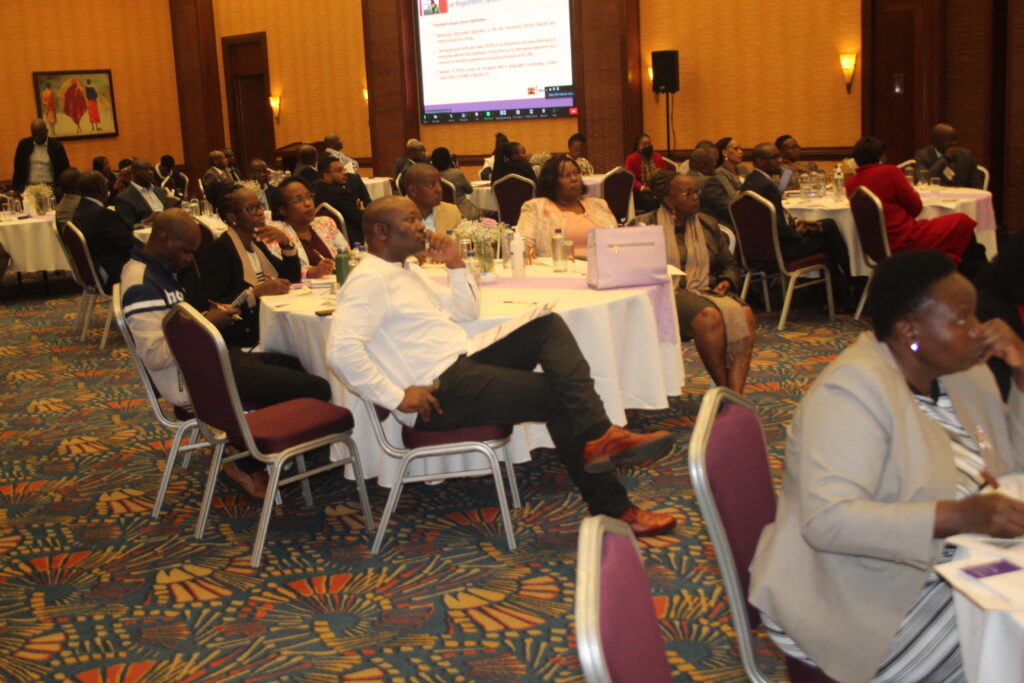Pillar 1
Cancer Prevention and Early Detection
The National Cancer Screening Guidelines of 2018 identify cervical, breast, colorectal, and prostate cancers as high-burden cancers suitable for population-level screening and early diagnosis interventions.
These cancers contribute significantly to the country's cancer burden, accounting for 43.1% of new cancer diagnoses and 36.9% of deaths. Genetic factors play a role in 5-10% of all cancers globally, emphasizing the importance of early diagnosis and treatment for such cases. Tobacco use is a major risk
factor, responsible for one in five cancers and one in three cancer-related deaths globally, with 13.3% of Kenyan adults estimated to use tobacco. The country also faces challenges related to lifestyle factors, including low fruit and vegetable consumption, high rates of overweight and obesity, and limited adherence to recommended dietary guidelines.

Kenya has implemented vaccination programs for preventing Hepatitis B and Human Papillomavirus (HPV), with varying degrees of coverage. The country has established population-based screening programs for breast and cervical cancer, but challenges exist, with cervical cancer screening coverage estimated at 31%. To achieve WHO targets for cervical cancer elimination, significant efforts are needed, including the screening of 1.6 million women annually. The Breast Cancer Screening Program aims to reach 4.8 million women annually, and there is a call for the establishment of a population-based screening program for colorectal cancer. The outlined strategy also emphasizes the importance of supporting the development, review, and implementation of national laws, regulations, policies, and guidelines related to cancer prevention and early detection, as well as the integration of key interventions into broader public health programs.
The Overarching goal of Pillar 1 is to provide quality and equitable cancer prevention and early detection services to reduce preventable burden of cancer through the following strategic objectives:
- Reduce exposure to modifiable cancer risk factors and address underlying social and environmental determinants.
- Address non-modifiable risk factors including age, ethnicity, race, family history of cancer, and gender.
- Improve secondary prevention of cancer through screening, early diagnosis and linkage to care.
- Strengthen early detection of childhood cancers.
- Strengthen multi-sectoral response and coordination in cancer prevention and early detection.
